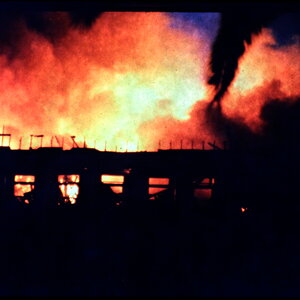Navigation
Install the app
How to install the app on iOS
Follow along with the video below to see how to install our site as a web app on your home screen.

Note: This feature currently requires accessing the site using the built-in Safari browser.
More options
You are using an out of date browser. It may not display this or other websites correctly.
You should upgrade or use an alternative browser.
You should upgrade or use an alternative browser.
High Power Zoom Macro
- Thread starter edouble
- Start date
- Joined
- May 1, 2008
- Messages
- 25,421
- Reaction score
- 5,000
- Location
- UK - England
- Website
- www.deviantart.com
- Can others edit my Photos
- Photos OK to edit
First I'll try to give you some idea of the difference between a zoom lens macro achiving about 1:2 and a real macro prime lens achiving 1:1 magnification.
Example of a Sigma 70-300mm f4-5.6 DG macro


more examples: Random I 1000 - a set on Flickr
Compare that to 1:1 from a true macro lens (from 150mm sigma macro lens)


** note the above shots might be closer to 1.4:1 because I tend to do a lot of my work with a 1.4 teleconverter fitted to the macro lens.
actual 1:1 shot of a 2p UK coin

So you can see the actual difference between 1:2 and 1:1 is very noticable and certainly makes a difference with what you can do in macro terms with the setup.
A good list I'll also add the following:
Nikon 60mm macro
Tokina 60mm macro
Sigma 70mm macro
Tokina 100mm macro
Sigma 105mm macro
Sigma 180mm macro
Note that of all those lenses not one is a poor performer optically speaking - across the board they are all going to be very sharp lenses and in general even in test conditions any variations are going to be, overall, minor and subject to sample variation.
Thus choosing a macro lens is very much based upon you needs, budget and the features that each lens offers (like VR, HSM/USM etc..).
Also for focal lengths at 1:1 each of those lenses will give you the same framing of a shot - because 1:1 is a ratio of the size of the image reflected on the sensor : the size of the subject in real life. Thus at 150mm at 1:1 you get the same image as at 60mm at 1:1.
However a 150mm lens will let you get that shot from a little further away than the 60mm - this is important as if you want to work with insects the longer distance between you and subject lessens the chances of spooking the insect and having them fly/scurry/jump off. Generally 90mm or longer is recomended for insect work - that is not to say the shorter lenses cannot do this kind of work but that they can be a little more tricky to learn to do it with.
Also the canon MPE65mm macro - as mentioned earlier - is a totally macro specailist lens that starts at 1:1 and ends at 5:1 magnification - it can't shoot anything further away than 1:1 either.
To help give you an idea of this here is some examples:
1:1

3:1

5:1

note that I am just trying to give you an idea of what these magnifications are like; the lens is certainly not for beginners (unless you have very specific needs for highmagnification) and it is one of the hardest things to learn to do. Also note that whilst the MPE is unique to canon there are a varity of altnernative options that can be as optically good (and even sometimes better) than the MPE for getting to highmagnifications
Example of a Sigma 70-300mm f4-5.6 DG macro


more examples: Random I 1000 - a set on Flickr
Compare that to 1:1 from a true macro lens (from 150mm sigma macro lens)


** note the above shots might be closer to 1.4:1 because I tend to do a lot of my work with a 1.4 teleconverter fitted to the macro lens.
actual 1:1 shot of a 2p UK coin

So you can see the actual difference between 1:2 and 1:1 is very noticable and certainly makes a difference with what you can do in macro terms with the setup.
I don't know that the OP is clear about what he's actually looking for.
1:1 Macro lenses for the D5000 under $1K:
$890 Nikon AF-S 105mm f/2.8G Micro VR
$730Sigma 150mm f/2.8 Macro (HSM)
$490 Nikon AF-S DX 85mm f/3.5G Micro VR
$460 -Tamron 90mm f/2.8 Macro (BIM)
A good list I'll also add the following:
Nikon 60mm macro
Tokina 60mm macro
Sigma 70mm macro
Tokina 100mm macro
Sigma 105mm macro
Sigma 180mm macro
Note that of all those lenses not one is a poor performer optically speaking - across the board they are all going to be very sharp lenses and in general even in test conditions any variations are going to be, overall, minor and subject to sample variation.
Thus choosing a macro lens is very much based upon you needs, budget and the features that each lens offers (like VR, HSM/USM etc..).
Also for focal lengths at 1:1 each of those lenses will give you the same framing of a shot - because 1:1 is a ratio of the size of the image reflected on the sensor : the size of the subject in real life. Thus at 150mm at 1:1 you get the same image as at 60mm at 1:1.
However a 150mm lens will let you get that shot from a little further away than the 60mm - this is important as if you want to work with insects the longer distance between you and subject lessens the chances of spooking the insect and having them fly/scurry/jump off. Generally 90mm or longer is recomended for insect work - that is not to say the shorter lenses cannot do this kind of work but that they can be a little more tricky to learn to do it with.
Also the canon MPE65mm macro - as mentioned earlier - is a totally macro specailist lens that starts at 1:1 and ends at 5:1 magnification - it can't shoot anything further away than 1:1 either.
To help give you an idea of this here is some examples:
1:1

3:1

5:1

note that I am just trying to give you an idea of what these magnifications are like; the lens is certainly not for beginners (unless you have very specific needs for highmagnification) and it is one of the hardest things to learn to do. Also note that whilst the MPE is unique to canon there are a varity of altnernative options that can be as optically good (and even sometimes better) than the MPE for getting to highmagnifications
JustAnEngineer
TPF Noob!
- Joined
- Apr 11, 2008
- Messages
- 609
- Reaction score
- 1
- Location
- Heart of Dixie
- Can others edit my Photos
- Photos OK to edit
Excellent post, as usual, Overread.
That's why I didn't list anything shorter than 85mm. I added links for two 60mm lenses. The other lenses that you listed will not auto-focus with the OP's D5000 camera. True enough, it's very likely that he'd be using manual focus for his macro shooting anyway, but if he wanted to use the lens for telephoto or portraits, it would be nice to have auto-focus, so I started him out with a list of lenses that would be fully-functional with the camera that he has.A good list I'll also add the following:1:1 Macro lenses for the D5000 under $1K:
$890 Nikon AF-S 105mm f/2.8G Micro VR
$730 Sigma 150mm f/2.8 Macro (HSM)
$490 Nikon AF-S DX 85mm f/3.5G Micro VR
$460 -50MIR Tamron 90mm f/2.8 Macro (BIM)
Nikon AF-S 60mm f/2.8G Micro
Tamron Di-II 60mm f/2 Macro
Sigma 70mm macro
Tokina 100mm macro
Sigma 105mm macro
Sigma 180mm macro
A 150mm lens will let you get that shot from a little further away than the 60mm - this is important as if you want to work with insects the longer distance between you and subject lessens the chances of spooking the insect and having them fly/scurry/jump off. Generally 90mm or longer is recomended for insect work.
- Joined
- May 1, 2008
- Messages
- 25,421
- Reaction score
- 5,000
- Location
- UK - England
- Website
- www.deviantart.com
- Can others edit my Photos
- Photos OK to edit
Ahh thanks for the clarification JAE - I did forget about the nikon AF factor (as a canon shooter I never know which nikon camera do what!) However I'd clarify a little further that the Sigma 180mm should AF since it has the HSM focusing setup (just like the 150mm).
JustAnEngineer
TPF Noob!
- Joined
- Apr 11, 2008
- Messages
- 609
- Reaction score
- 1
- Location
- Heart of Dixie
- Can others edit my Photos
- Photos OK to edit
I didn't see the 180mm f/3.5 Macro lens on the Sigma website when I was making a list. Has it just recently been discontinued? It's in stock at B&H for $700.
Macro Lenses - SigmaPhoto.com
Macro Lenses - SigmaPhoto.com
- Joined
- May 1, 2008
- Messages
- 25,421
- Reaction score
- 5,000
- Location
- UK - England
- Website
- www.deviantart.com
- Can others edit my Photos
- Photos OK to edit
It's still on their UK site
Sigma Imaging (UK) Ltd
though I have had a few wonder that something new is coming from sigma since the 150mm is now more expensive in the UK than the 180mm. With canon and nikon both having IS//VR in their macro lenses I think sigma might be pushing for a new long macro with their OS installed.
Sigma Imaging (UK) Ltd
though I have had a few wonder that something new is coming from sigma since the 150mm is now more expensive in the UK than the 180mm. With canon and nikon both having IS//VR in their macro lenses I think sigma might be pushing for a new long macro with their OS installed.
Similar threads
- Replies
- 3
- Views
- 160


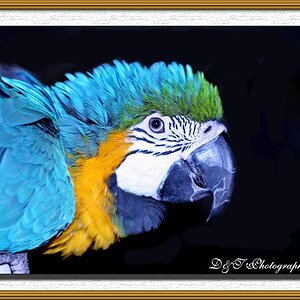
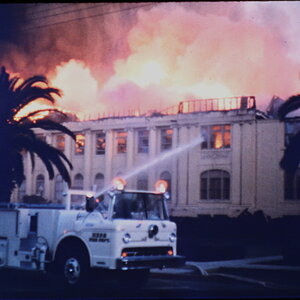
![[No title]](/data/xfmg/thumbnail/33/33356-9cfc19255e84aab13c903f781a99cf9f.jpg?1619735920)
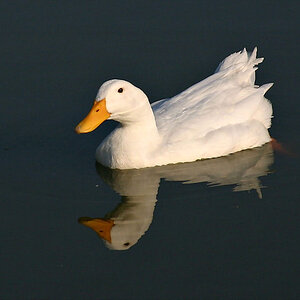
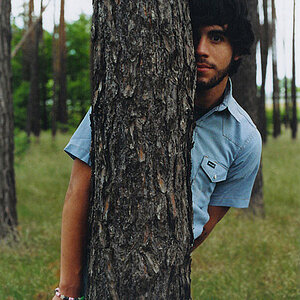
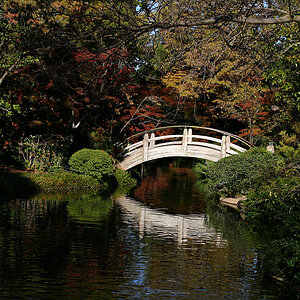

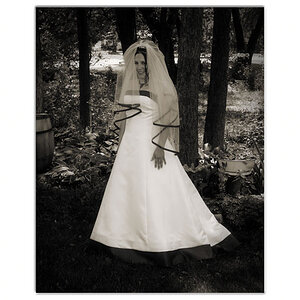
![[No title]](/data/xfmg/thumbnail/40/40288-4d5d7a8aa74ddfceb5fb82062d9b21be.jpg?1619739409)
